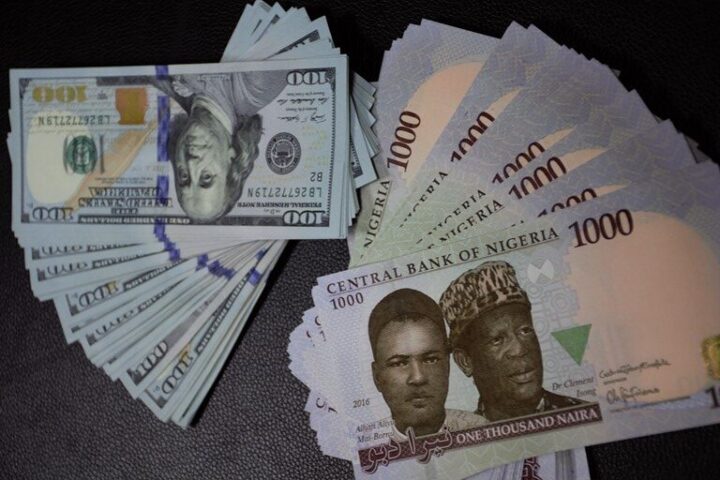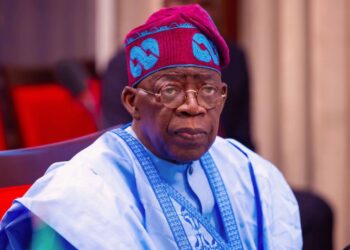The Nigerian naira is continuing its decline in the parallel market, reaching rates as high as ₦1,500 for one US dollar. Meanwhile, the official exchange rate is holding steady at ₦1,467.43, but the growing disparity between the Central Bank rate and parallel market prices is causing concern throughout the nation.
📉 What’s Behind the Naira’s Downward Trend?
Analysts suggest several major reasons contributing to the naira’s deteriorating position:
• Shortage of Dollars: Importers and manufacturers are having difficulty accessing foreign currency, which is driving demand in the black market.
• Inflation Challenges: Increasing prices for goods and services are diminishing consumers’ purchasing power.
• Uncertainty in Policies: Despite recent monetary reforms, trust in the naira remains uncertain.
🛒 How It affects Nigerians
The effects of the naira’s depreciation are being experienced across all industries; Imported items, such as electronics, fuel, and food, are becoming pricier, Small and medium-sized enterprises that depend on foreign inputs are encountering reduced profit margins, and increased travel expenses especially for Nigerians traveling abroad, facing higher costs for airfare, accommodation, and shopping.
Although the Central Bank of Nigeria has implemented measures to stabilize the currency, like stricter foreign exchange controls and an increased supply of dollars to banks, experts suggest that further structural reforms—such as enhancing local production to decrease import reliance, attracting foreign investment, and reinforcing fiscal discipline and transparency—are essential.
🧭 Conclusion
As Nigeria faces economic difficulties, the performance of the naira serves as a vital sign of national steadiness. For ordinary citizens, remaining informed and adjusting spending habits may be the most effective way to protect themselves against the impacts of currency fluctuations.









